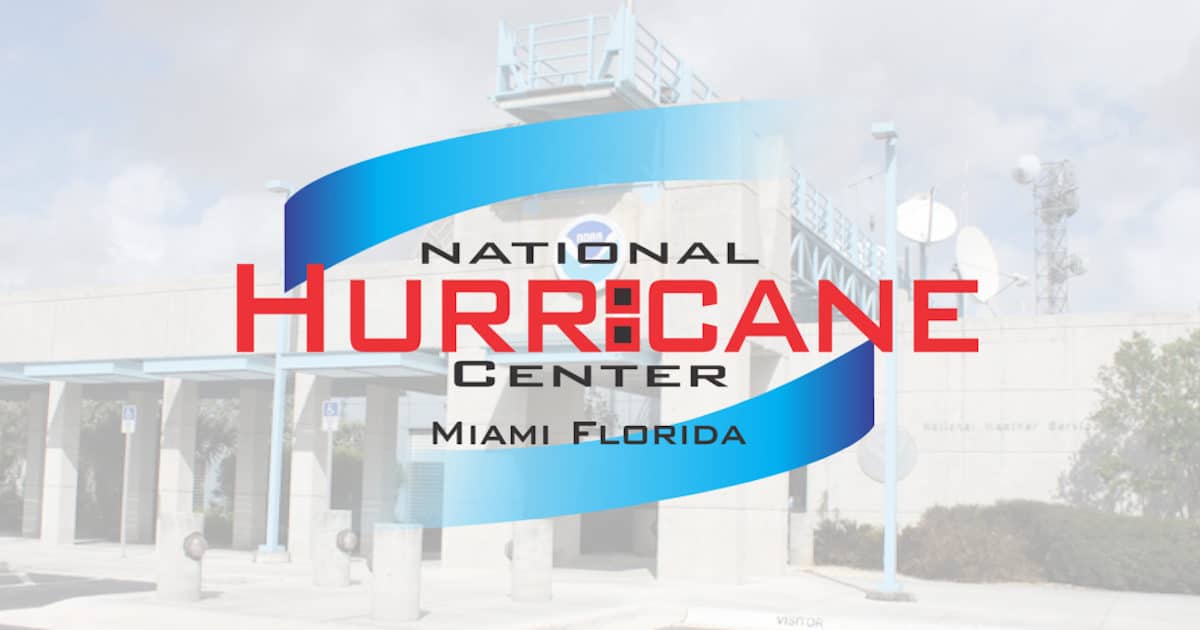
ECMWF (Euro), GFS, HWRF Models for September 1 At 8AM EST
On Sunday, the ECMWF (Euro), GFS, and HWRF forecast models for Hurricane Dorian shifted west, as uncertainty impacting the Southeastern U.S. remains. Dorian has been upgraded to a Category 5 hurricane packing maximum sustained winds near 160 mph (260 km/h) with higher gusts.
UPDATE: Hurricane Dorian is now packing maximum sustained winds of 180 mph with gusts over 200 mph as it approaches the Abaco Islands and the Northwest Bahamas.
The above forecasts include the ECMWF (Euro), GFS, and HWRF (Hurricane Weather Research and Forecasting Model) over a 240-hour period beginning at September 1, 2019 at 8:00 AM EST.
Unlike Saturday, the new ECMWF track forecasts the storm will travel farther to the west through the next 48 hours, more-so than other models.
As a result, the National Hurricane Center (NHC) in Miami, Florida, has updated its official track forecast to represent a shift slightly west during that period. In 2 to 4 days, Hurricane Dorian should turn northward in response to a trough over the eastern United States.
“By the end of the period, the flow on the south side of the trough should cause the cyclone to move northeastward near the Carolinas,” the NHC said in the forecast discussion.

S: Tropical Storm – wind speed between 39 MPH and 73 MPH
H: Hurricane – wind speed between 74 MPH and 110 MPH
M: Major Hurricane – wind speed greater than 110 MPH
The westward shift to the NHC track within the first 48 hours resulted in a change from a Tropical Storm Watch to a Tropical Storm Warning for a portion of the Florida east coast. Although the official NHC track forecast does not show a Florida landfall — though others to include the HWRF do — the NHC said it is still “a distinct possibility.”
Devastating hurricane conditions are expected in the Abacos Islands very soon and they will spread across Grand Bahama Island later today.
The latest minimum central pressure just reported by a NOAA Hurricane Hunter aircraft was 927 mb (27.37 inches), a drop from 944 mb (27.88 inches) on Saturday. A drop in pressure typically indicates a storm is strengthening, while an increase typically indicates weakening.
Saffir-Simpson Hurricane Wind Scale
The below information is credited to the National Hurricane Center and Central Pacific Hurricane Center. The conceptual animation illustrating the wind damage associated with increasing hurricane intensity is courtesy of The COMET Program.
The Saffir-Simpson Hurricane Wind Scale is a 1 to 5 rating system based on a hurricane’s sustained wind speed. This scale estimates potential property damage. Hurricanes reaching Category 3 and higher are considered major hurricanes because of their potential for significant loss of life and damage. Category 1 and 2 storms are still dangerous and require preventative measures.
In the western North Pacific, the term “super typhoon” is used for tropical cyclones with sustained winds exceeding 150 mph.
| Category | Sustained Winds | Types of Damage Due to Hurricane Winds |
|---|---|---|
| 1 | 74-95 mph 64-82 kt 119-153 km/h | Very dangerous winds will produce some damage: Well-constructed frame homes could have damage to roof, shingles, vinyl siding and gutters. Large branches of trees will snap and shallowly rooted trees may be toppled. Extensive damage to power lines and poles likely will result in power outages that could last a few to several days. |
| 2 | 96-110 mph 83-95 kt 154-177 km/h | Extremely dangerous winds will cause extensive damage: Well-constructed frame homes could sustain major roof and siding damage. Many shallowly rooted trees will be snapped or uprooted and block numerous roads. Near-total power loss is expected with outages that could last from several days to weeks. |
| 3 (major) | 111-129 mph 96-112 kt 178-208 km/h | Devastating damage will occur: Well-built framed homes may incur major damage or removal of roof decking and gable ends. Many trees will be snapped or uprooted, blocking numerous roads. Electricity and water will be unavailable for several days to weeks after the storm passes. |
| 4 (major) | 130-156 mph 113-136 kt 209-251 km/h | Catastrophic damage will occur: Well-built framed homes can sustain severe damage with loss of most of the roof structure and/or some exterior walls. Most trees will be snapped or uprooted and power poles downed. Fallen trees and power poles will isolate residential areas. Power outages will last weeks to possibly months. Most of the area will be uninhabitable for weeks or months. |
| 5 (major) | 157 mph or higher 137 kt or higher 252 km/h or higher | Catastrophic damage will occur: A high percentage of framed homes will be destroyed, with total roof failure and wall collapse. Fallen trees and power poles will isolate residential areas. Power outages will last for weeks to possibly months. Most of the area will be uninhabitable for weeks or months. |





